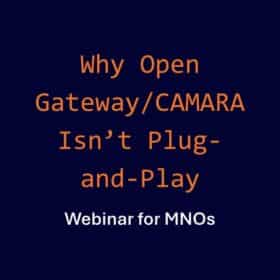Data Traffic Management – Informed Digital Oversight
Read moreTags: MNO, Network DPI, Traffic Management

Tags: MNO, Network DPI, Traffic Management

Tags: A2P Messaging, RCS

Tags: Device identification, Network discovery, Network observability, Network visibility

Tags: Open Gateway/CAMARA

Tags: AI, Cybersecurity, Deep Packet Inspection, Edge, Observability